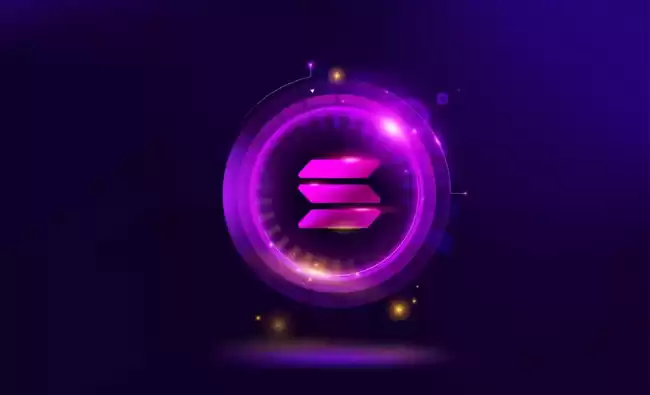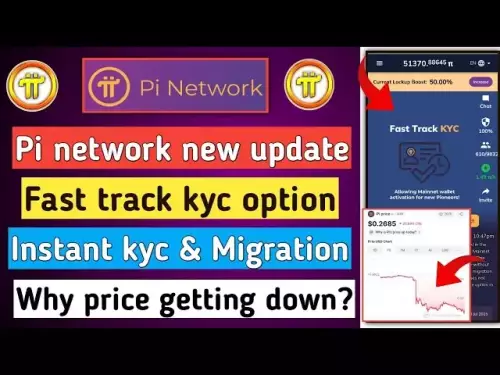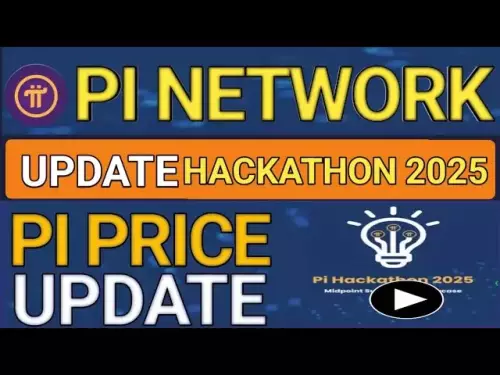-
 bitcoin
bitcoin $109667.069529 USD
-3.03% -
 ethereum
ethereum $3936.685804 USD
-4.07% -
 tether
tether $1.000493 USD
0.01% -
 xrp
xrp $2.771823 USD
-4.74% -
 bnb
bnb $957.805027 USD
-5.34% -
 solana
solana $196.735100 USD
-6.68% -
 usd-coin
usd-coin $0.999727 USD
-0.01% -
 dogecoin
dogecoin $0.227355 USD
-5.12% -
 tron
tron $0.335205 USD
-0.81% -
 cardano
cardano $0.779256 USD
-3.59% -
 ethena-usde
ethena-usde $0.999900 USD
-0.06% -
 hyperliquid
hyperliquid $42.492095 USD
-6.61% -
 chainlink
chainlink $20.501853 USD
-4.34% -
 avalanche
avalanche $28.952606 USD
-11.21% -
 stellar
stellar $0.356038 USD
-3.93%
What can SOL coins be used for? A comprehensive analysis of the application scenarios of SOL coins
SOL is a versatile cryptocurrency, enabling transaction fees, staking, smart contract execution, governance, payment gateway integration, DeFi, NFT and gaming utilization, data storage, application payments, and investment.
Oct 06, 2024 at 11:53 am

1. Transaction Fee Payment:SOL coins serve as the native currency of the Solana blockchain. They are primarily used to pay transaction fees for interactions with the network, such as sending or receiving tokens and executing smart contracts.
2. Staking:SOL coins can be staked to validators in the Solana network. By staking their coins, validators secure the network and process transactions. In return, they receive rewards in the form of SOL coins.
3. Smart Contract Execution:Smart contracts on the Solana blockchain require gas fees for execution. These fees are typically paid using SOL coins.
4. Participation in Governance:SOL coins grant holders the right to participate in the governance of the Solana blockchain. They can vote on proposals to determine the future direction of the network.
5. Payment Gateway Integration:Solana-based payment gateways allow merchants to accept SOL coins as payment for goods and services.
6. DeFi Applications:SOL coins are used within decentralized finance (DeFi) applications built on the Solana blockchain. These applications include decentralized exchanges, lending protocols, and yield farming platforms.
7. NFTs and Gaming:SOL coins are gaining popularity in the non-fungible token (NFT) and gaming industries. They are used to purchase digital collectibles, in-game assets, and access exclusive content.
8. Data Storage and Compute:The Solana network offers a decentralized data storage and compute platform. SOL coins can be used to pay for storage space and compute resources.
9. Payment for Applications:Solana-based applications may charge users SOL coins for access to premium features or services.
10. Investment and Speculation:SOL coins are listed on various cryptocurrency exchanges and can be bought, sold, and traded for investment purposes or speculation.
In summary, SOL coins serve as the transactional currency, gas fee payment method, staking mechanism, governance token, and payment gateway integration tool within the Solana ecosystem. They also facilitate smart contract execution, participation in DeFi applications, and utilization of NFT and gaming platforms. Additionally, they provide access to data storage and compute resources, and enable investment and speculation opportunities.
Disclaimer:info@kdj.com
The information provided is not trading advice. kdj.com does not assume any responsibility for any investments made based on the information provided in this article. Cryptocurrencies are highly volatile and it is highly recommended that you invest with caution after thorough research!
If you believe that the content used on this website infringes your copyright, please contact us immediately (info@kdj.com) and we will delete it promptly.
- AlphaTON's Bold Bet: Toncoin, Balance Sheets, and the Future of Digital Treasuries
- 2025-09-27 04:45:15
- Crypto Kidnapping in Minnesota: A New York Minute Breakdown of the $8 Million Heist
- 2025-09-27 04:25:14
- Avalanche, RUVI, and the Altcoin Rush: What's Fueling the Fire?
- 2025-09-27 04:25:14
- Ripple's RLUSD Takes Center Stage: Bybit Listing and Derivatives Market Potential
- 2025-09-27 05:05:12
- Bitcoin, Ethereum, and ETF Outflows: What's Shakin' in Crypto?
- 2025-09-27 05:25:13
- Worldcoin's WLD: Support Rebound or Further Decline? A New Yorker's Take
- 2025-09-27 05:05:12
Related knowledge

What is Ethereum’s Slashing mechanism and how to punish malicious behavior?
Feb 20,2025 at 03:08am
Key PointsOverview of slashingDifferent types of slashing in EthereumIncentives and consequences of slashingIdentifying and reporting slashed validato...

What is the verifier node of Ethereum and how to become a verifier?
Feb 19,2025 at 06:00pm
The Verifier Node of Ethereum: A Comprehensive GuideKey Points:What is a Verifier Node?How to Become a Verifier NodeResponsibilities and Rewards of a ...

What is Ethereum’s staking, and how to participate and earn money?
Feb 19,2025 at 04:37pm
Key Points:Understanding Ethereum's Staking MechanismSteps to Participate in StakingBenefits and Rewards of StakingSecurity and Risk ConsiderationsTec...

What is Ethereum’s DAO (Decentralized Autonomous Organization) and how does it work?
Feb 20,2025 at 03:12am
Key PointsDefinition and Structure of a DAOGovernance and Decision-Making in DAOsBenefits and Use Cases of DAOsChallenges and Limitations of DAOsWhat ...

What is Ethereum's multi-signature wallet and how to improve security?
Feb 20,2025 at 02:18pm
Key Points:Understanding the Concept of a Multi-Signature WalletBenefits and Drawbacks of Multisig WalletsRequirements for Setting Up a Multisig Walle...

What is Ethereum's oracle and how to provide data for smart contracts?
Feb 21,2025 at 01:30am
Key Points:Understanding the concept of oracles in EthereumExploring different types of oraclesDetailed guide on how to provide data for smart contrac...

What is Ethereum’s Slashing mechanism and how to punish malicious behavior?
Feb 20,2025 at 03:08am
Key PointsOverview of slashingDifferent types of slashing in EthereumIncentives and consequences of slashingIdentifying and reporting slashed validato...

What is the verifier node of Ethereum and how to become a verifier?
Feb 19,2025 at 06:00pm
The Verifier Node of Ethereum: A Comprehensive GuideKey Points:What is a Verifier Node?How to Become a Verifier NodeResponsibilities and Rewards of a ...

What is Ethereum’s staking, and how to participate and earn money?
Feb 19,2025 at 04:37pm
Key Points:Understanding Ethereum's Staking MechanismSteps to Participate in StakingBenefits and Rewards of StakingSecurity and Risk ConsiderationsTec...

What is Ethereum’s DAO (Decentralized Autonomous Organization) and how does it work?
Feb 20,2025 at 03:12am
Key PointsDefinition and Structure of a DAOGovernance and Decision-Making in DAOsBenefits and Use Cases of DAOsChallenges and Limitations of DAOsWhat ...

What is Ethereum's multi-signature wallet and how to improve security?
Feb 20,2025 at 02:18pm
Key Points:Understanding the Concept of a Multi-Signature WalletBenefits and Drawbacks of Multisig WalletsRequirements for Setting Up a Multisig Walle...

What is Ethereum's oracle and how to provide data for smart contracts?
Feb 21,2025 at 01:30am
Key Points:Understanding the concept of oracles in EthereumExploring different types of oraclesDetailed guide on how to provide data for smart contrac...
See all articles










































































